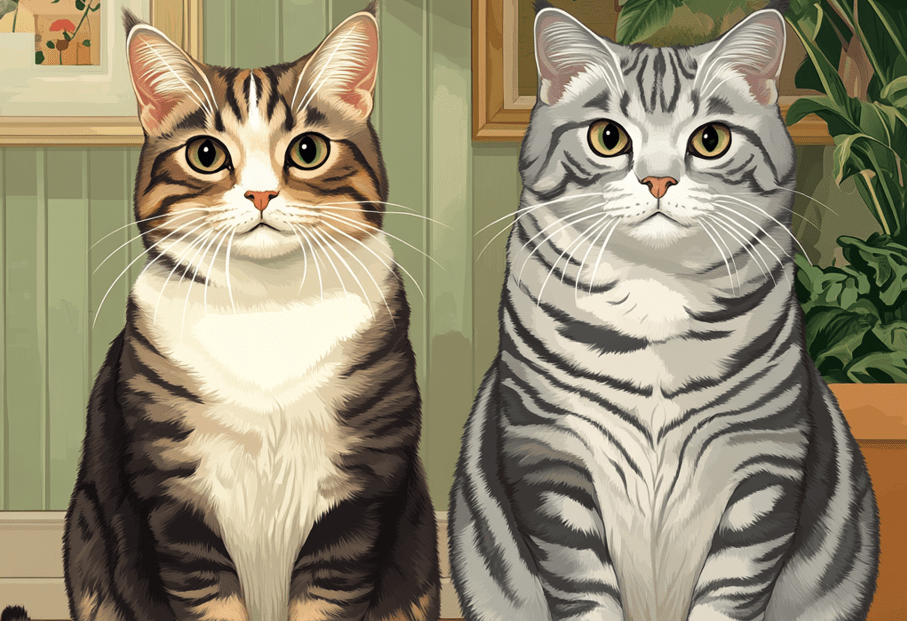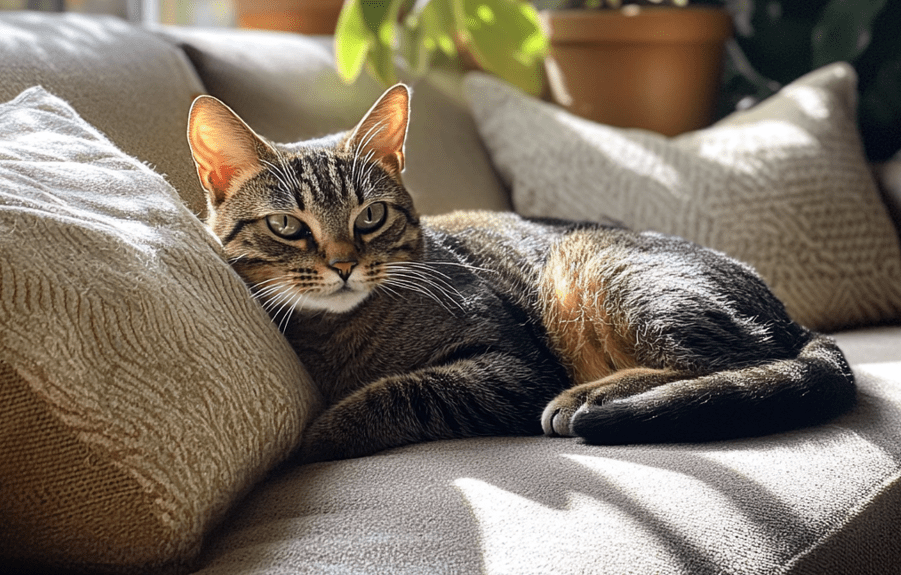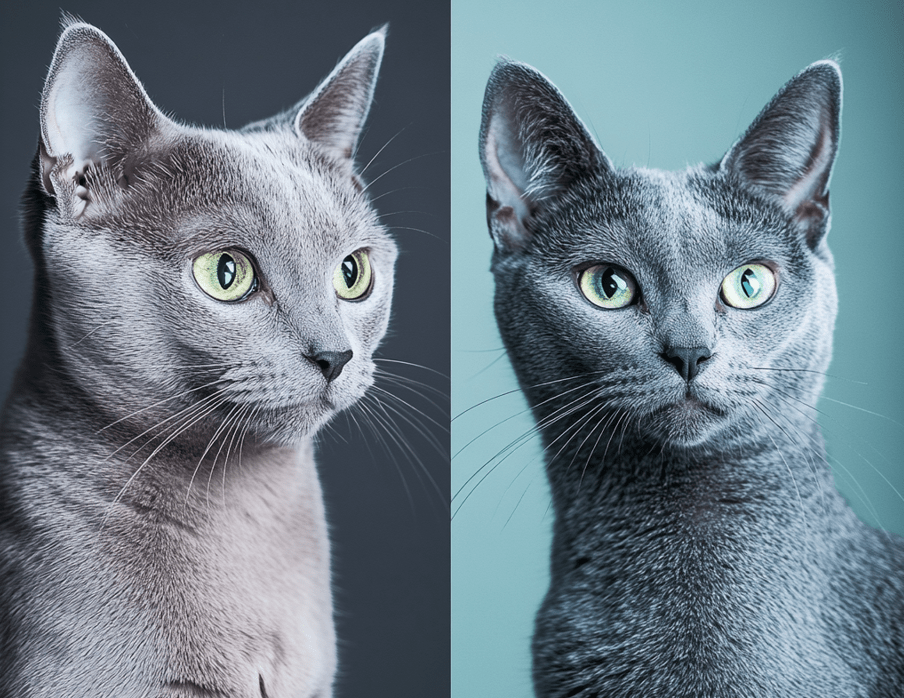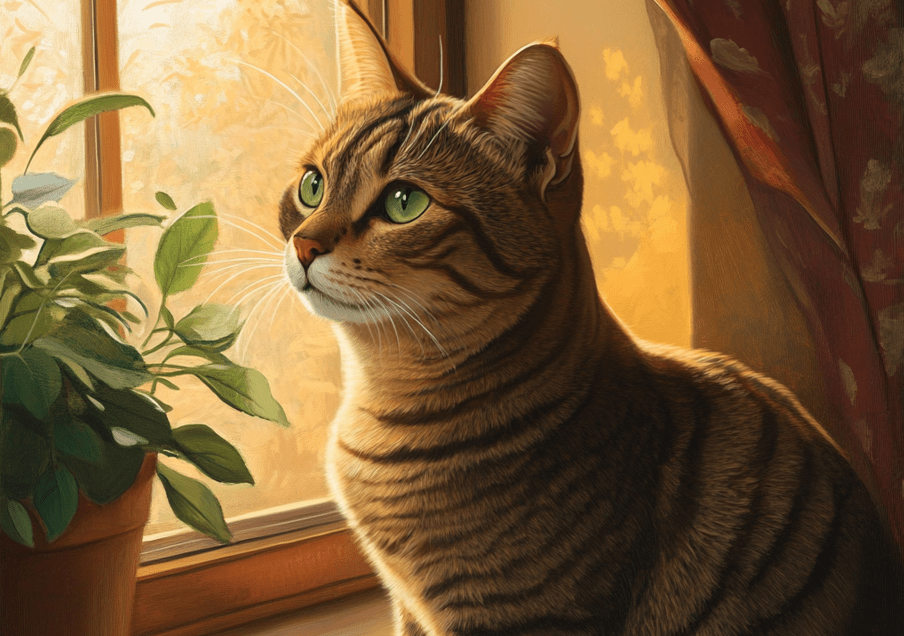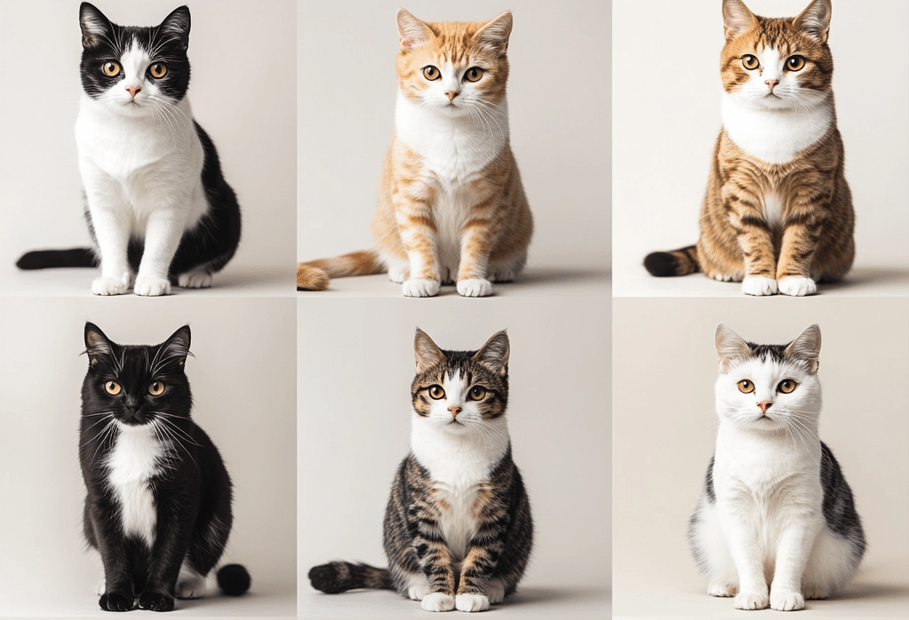
If you are asked what is America’s most popular cat breed, you can very easily answer that it’s the Domestic Shorthair cat. But if you are asked the follow-up question about how to identify whether a cat is a Domestic Shorthair cat, would you be able to answer easily? Many people think it’s not possible to easily identify them because they are mixed breed cats. But they do have some distinct characteristics that set them apart from other cat breeds. In this article, I will give you 9 clues through which you can identify a Domestic Shorthair cat. Let’s proceed.
Overview of domestic Shorthair Cat:
The Domestic Shorthair cat, abbreviated as DSH, is the most beloved and commonly owned cat worldwide. They are known for their short, smooth fur and can be seen in various colors and patterns due to their wide genetic diversity. While they don’t have strict standards like purebred cats, “Domestic Shorthair” is used as an “umbrella” term for mixed-breed cats. Each Domestic Shorthair’s variety and uniqueness contribute to their popularity. They come in different colors, sizes, and heights, but are typically medium-sized and muscular. They have short coats, round heads and paws, and due to their mixed parentage, they don’t have specific health complications. Animal Planet calls Domestic Shorthairs the mutts of the cat world because they are a mix of various breeds. The WCF states that Domestic cats should have a balanced and strong body structure. A visit to local shelters will show that these cats come in various shapes.
What Are Domestic Shorthair Cats?
The domestic shorthair cat is one of the most common cats in the world. This type of cat is often seen in cities where cats are present. DSH is not a specific breed, but rather a type characterized by short, smooth fur and unknown genetics. Domestic shorthair cats belong to mixed breeds and come in various colors and patterns. Their color and appearance match the characteristics of other descendant cats in geographical regions. For example, cats in Asia show Siamese coloring, while cats in the US and UK display large, sturdy bodies.
The history of domestic shorthair cats is connected to the ancient history of human civilization. They originated in Africa and Asia and traveled the world with explorers and traders. European settlers brought short and long-haired cats for rat control. Farmers and merchants used these cats to protect crops. A practical relationship developed between humans and cats, which over time evolved into affection and companionship. Despite improvements in food preservation, people’s love for household cats remains undiminished.
Clue 1: Inspect Coat Patterns and Colors
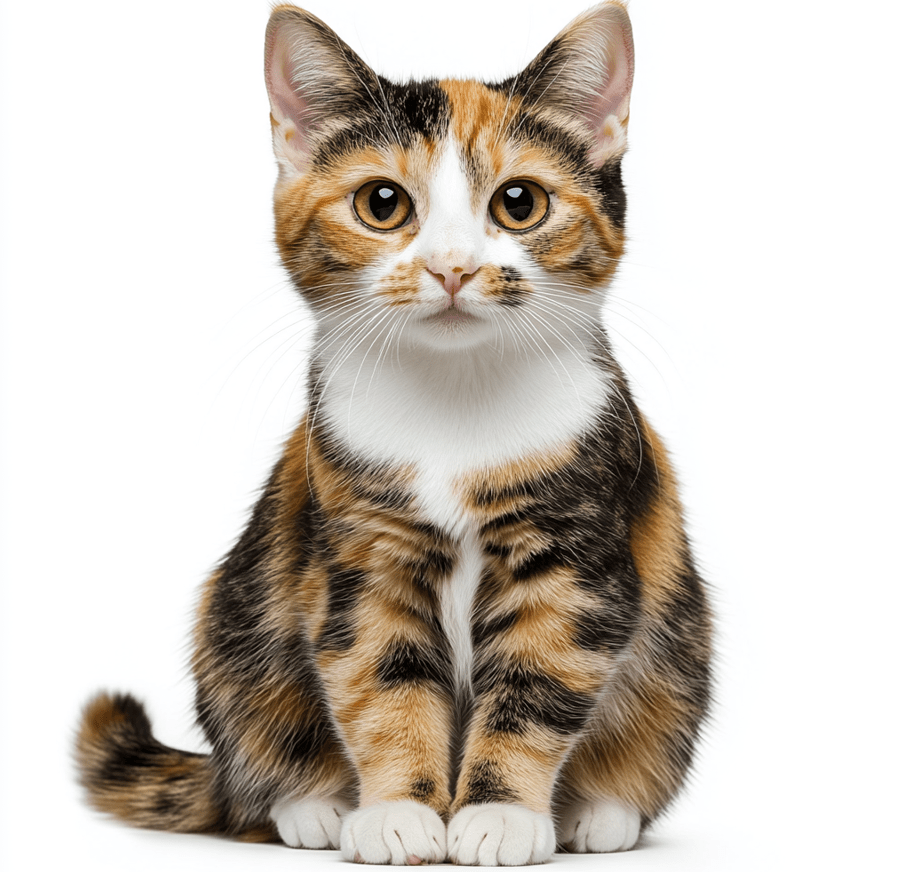
Domestic shorthair cats are found in various colors and patterns, such as black, white, blue, red, tabby, calico, tortoiseshell, and bi-colored. These cats’ coats are dense and provide protection against various weather conditions. Domestic shorthair is not a specific breed; it refers to coat color and pattern. These cats can come in any solid color, although chocolate and lilac colors are rare. Blue-colored cats are also rare; their ancestors may include some purebred breeds. Smoke-colored cats have black coats with white roots, and their belly and neck can be gray or white.
Tabby is the most common color; it can come in classic, mackerel, striped, or ticked patterns. Tabby coats usually have one dominant color with different shades of the same color. All tabby cats have an “M” mark on their forehead which makes them easily recognizable. Tortoiseshell cats’ colors are made up of randomly mixed patches of red, black, and cream. White-marked torties have fewer white areas and mixed colors. Dilute tortoiseshell cats have black color that becomes light bluish. Chocolate torties have black color that changes to chocolate shade. Lilac torties have random patches of lilac and cream, with no black present.
Calico cats have 50% or more white on their body, and their patches are distinct and rounded. Dilute calicos have less vibrant patches; black turns to gray and orange turns to cream color. Torbie is a cat with tortie base with stripes or tabby markings. Harlequin cats are mostly white, but they have large colored patches on their body.
Clue 2: Observe their Body Structure
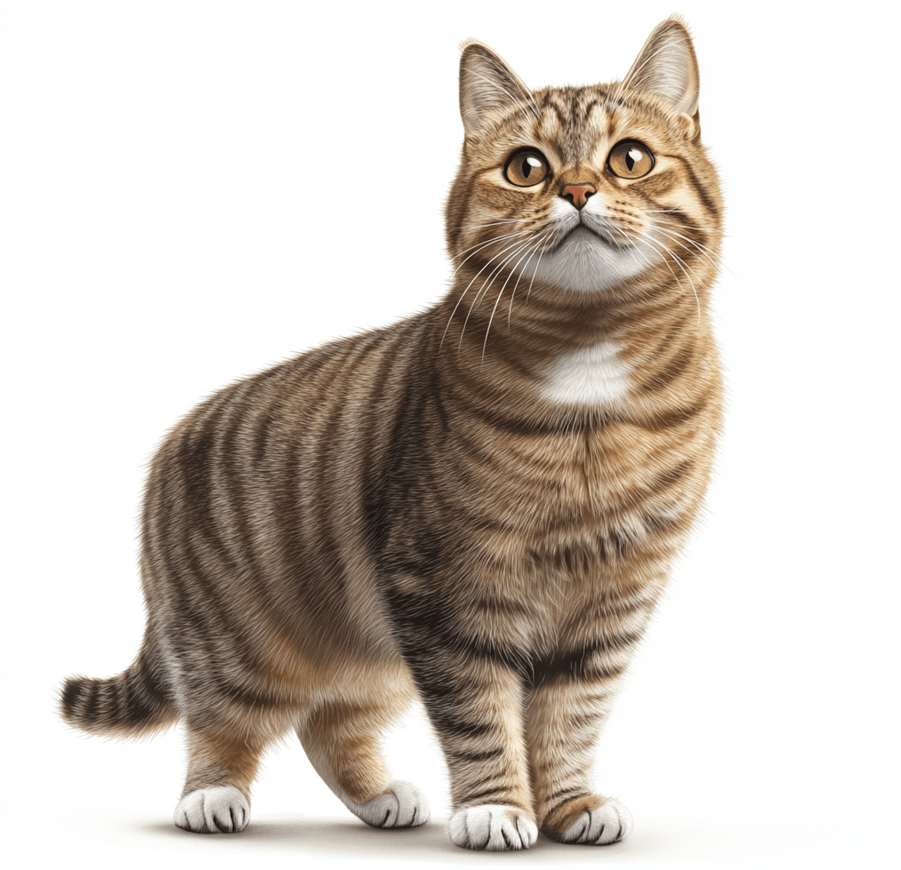
Domestic Shorthair cats are typically medium to large in size and possess a muscular body. Their legs are strong and paws are round. Domestic Shorthairs typically weigh between 8 to 15 pounds, where males are larger compared to females. Domestic Shorthairs come in various colors and fur patterns. Their fur is short and close to the body, which can be smooth or thick.
Clue 3: Examine Their Head Shape
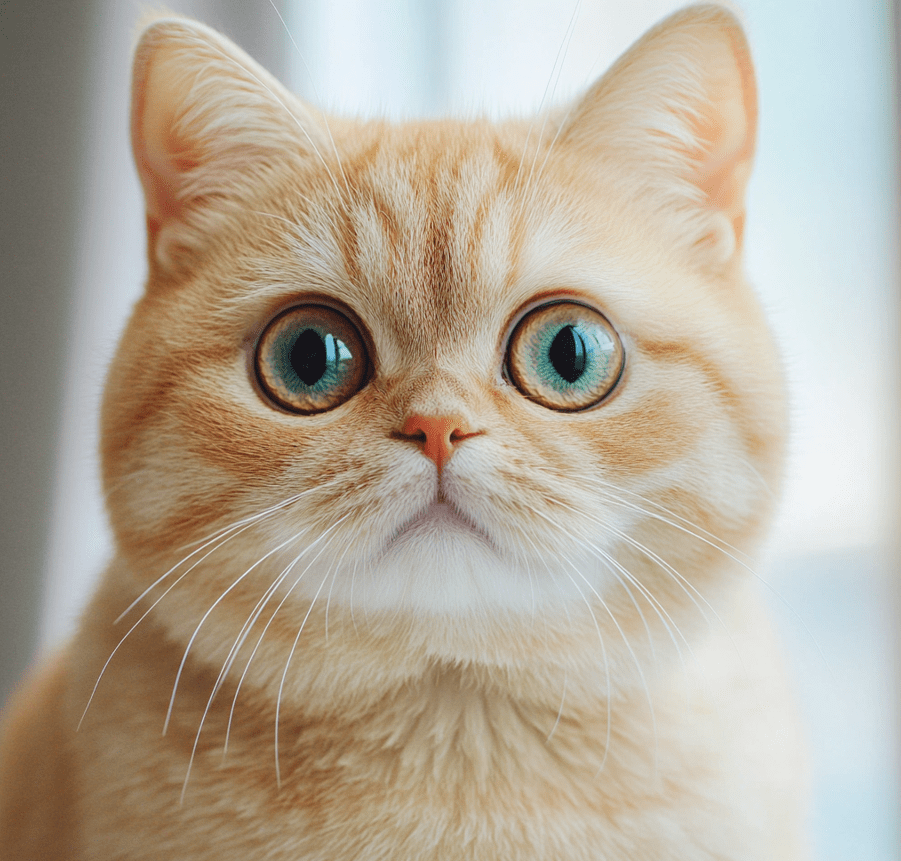
The head of a domestic shorthair breed cat is typically round. Due to genetic variations, some cats may have elongated or angular faces. Male cats often have full cheeks.
Clue 4: Examine Eye Color
The eye color of domestic short-haired cats varies. Their eyes can be brown, green, or two different colors. This diversity makes cats attractive. Eye color often reflects the coat color. Usually, eyes are golden, green, or blue in color.
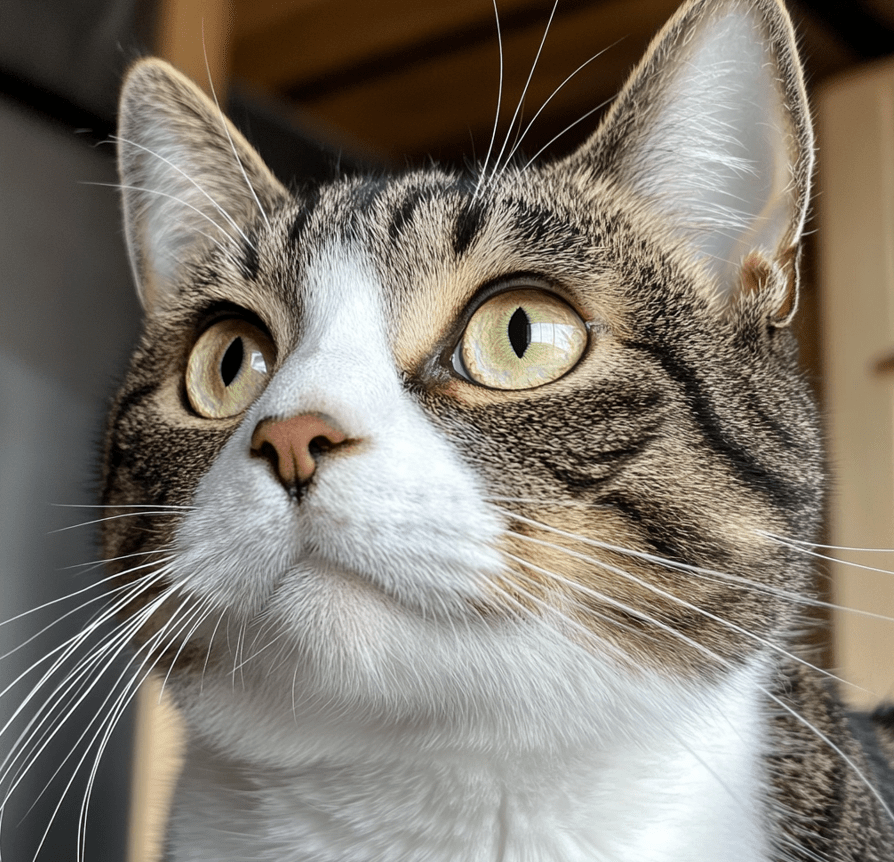
The most common eye colors are blue, green, yellow and hazel. Some variations of these colors can also be seen. Your cat may have a condition called heterochromia. In heterochromia, each eye has a different color. This condition is more commonly seen in Turkish Angora and Turkish Van breeds of cats. It is also common in Persian and Siamese breeds.
Clue 5: Follow their temperament
Domestic short-haired cats are known for their friendly and affectionate nature. They form strong bonds with their human companions and enjoy closeness. These cats greet their owners through purring, head rubbing, and playful activities. Due to their gentle nature, they make ideal family pets. Being clean and affectionate, they provide additional benefits. Their skills and hunting instincts are reflected in their playful energy.
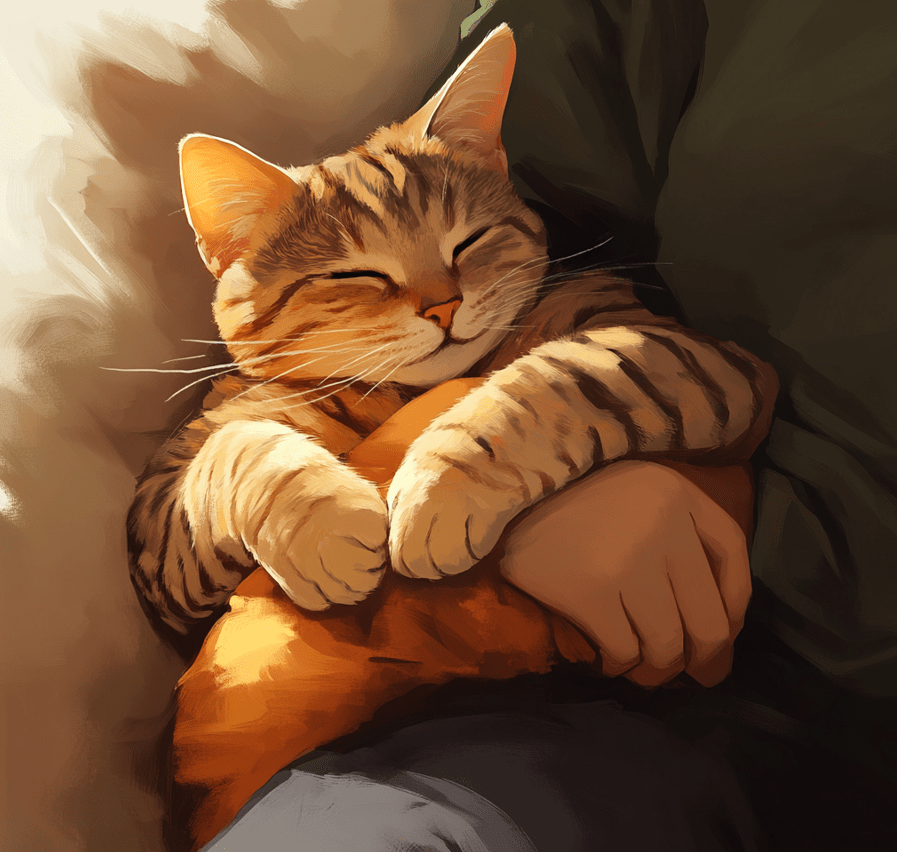
They can be loving lap cats, playful adventurers, or independent observers. This versatility allows them to adapt to any lifestyle. Most domestic short-haired cats are naturally friendly. Their playful side emerges during interactive games. During rest periods, they prefer to relax peacefully and can be content as solitary companions.
Exposure to humans, pets, and various experiences builds confidence. Gentle handling, new toys, and positive interactions make significant differences in their behavior. Their intelligence and curiosity enhance their ability to observe and learn. They quickly become capable of adapting to routines.
Clue 6: Observe their adaptability level
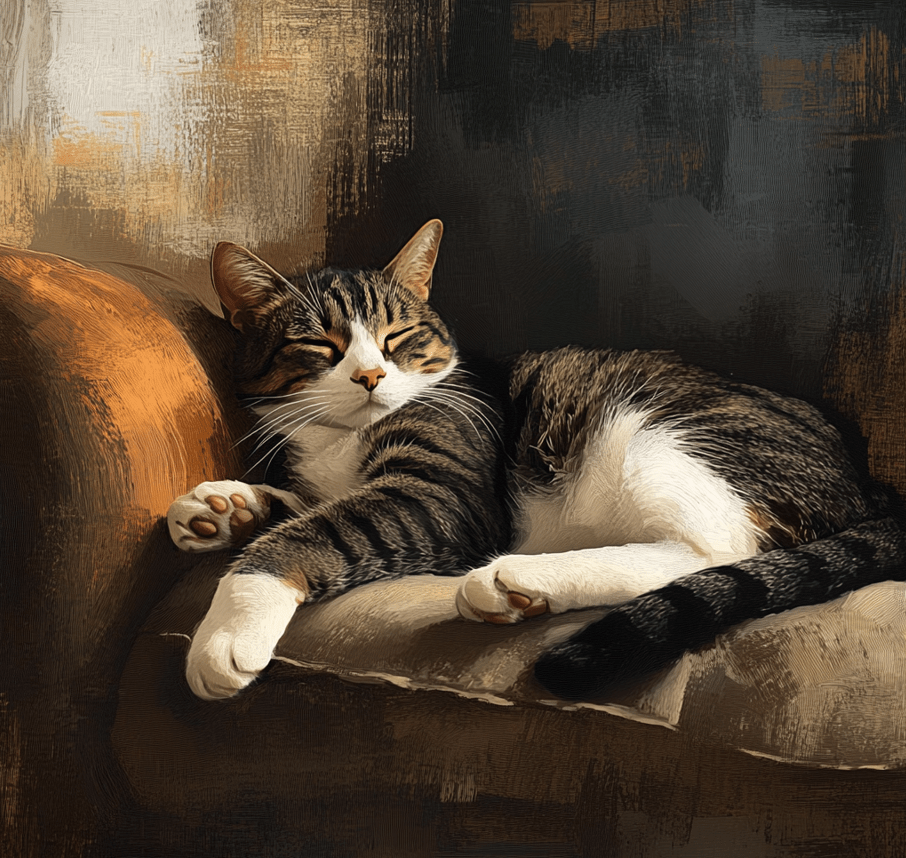
One of the remarkable qualities of domestic shorthair cats is their adaptability. A special quality of domestic short-haired cats is their adaptability. They can easily adjust to spacious houses or small apartments. These cats are skilled at adapting to different environments. They are versatile and can thrive in various types of families. For this reason, they are suitable companions for people with different lifestyles.
Is my cat a Domestic Shorthair? At-home tools.
To identify your cat’s breed, you need to consider physical characteristics and indicators. Size, color, ears, fur type, face, and tail can help determine the breed. Eyes and personality traits may provide hints, but they are less reliable. DNA testing is the most reliable way to determine a cat’s breed. You can identify the breed by uploading photos or videos using the Cat Scanner app. Online quizzes help narrow down or identify suitable breeds.

